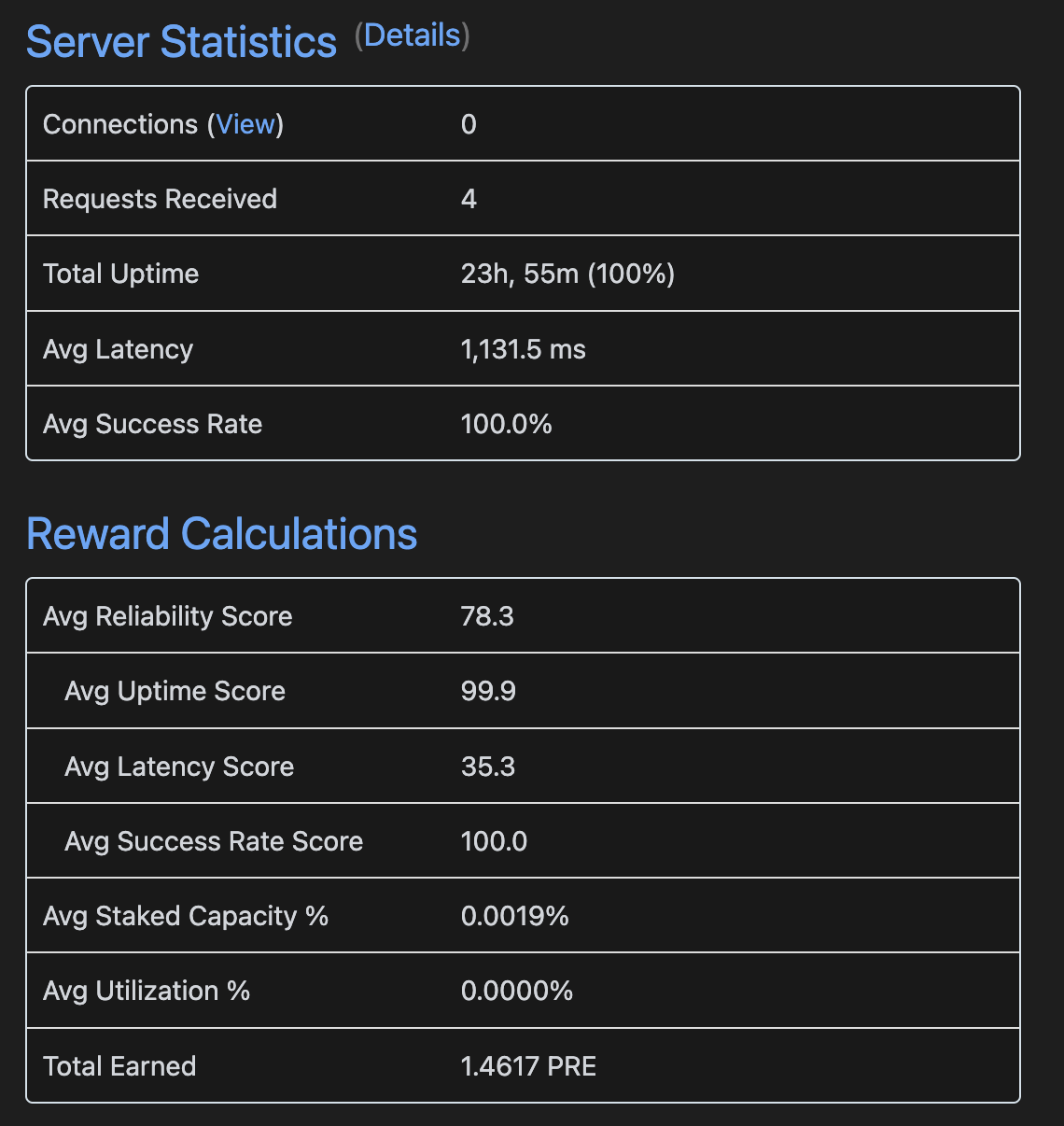Dear all,
I believe it’s in all our interest to make sure that farming is in line with intended purpose of the TFGrid.
As such we believe that all together we need to look at possible scenario’s where farming rewards would not be fair or in worst case even can be abused.
Some scenario’s
1. 3node capacity cannot be fully used.
Example. 3Node has 1 TB SSD, and one customer reserves all SSD but with low/cpu requirements.
This means that the 3Node can no longer be used for new virtual machines because there would be no available storage space, which means the box is no longer useful for grid.
Example, a 3Node has not enough CPU to service the storage available.
2. Farmer does not have enough bandwidth available or internet connection unstable.
Imagine situation where farmer has large amount of storage capacity but the bandwidth available (size of internet connection) is not enough which means storage can never be fully used.
Ofcourse same issue when network connection is unstable e.g. packetloss …
3. There are too many nodes in 1 location.
In an ideal scenario, capacity is as distributed as possible.
Some Possible Solutions
Measure quality of network connection.
I case network is overloaded (can be measured), the farming reward is lowered automatically or if really not good enough the service level agreement is broken. This was already planned anyhow, measuring bandwidth & quality should be done.
This resolves partially 2 and 3.
Some additional capacity planning rules with impact on reward.
We could introduce some additional rules to make sure computers are well balanced, e.g. minimal CPU requirement for storage size, e.g. measure speed of network if not enough to allow people to use storage lower the reward.
Additional rewards for more distribution.
Reward farmers more if the distance between their node and other nodes around them is large, this is also I believe something Helium did.
Additional rewards if machine is used above certain percentage.
e.g. if machine is used + e.g. 50% give additional rewards. This would motivate farmers to promote people to use their machine and have an interest in utilization. We could even work with 2 levels e.g. 50% and 75%.
Feedback
- Do you know other scenario’s we need to think about?
- Any other solutions?
As always feedback more than welcome.

 .
.